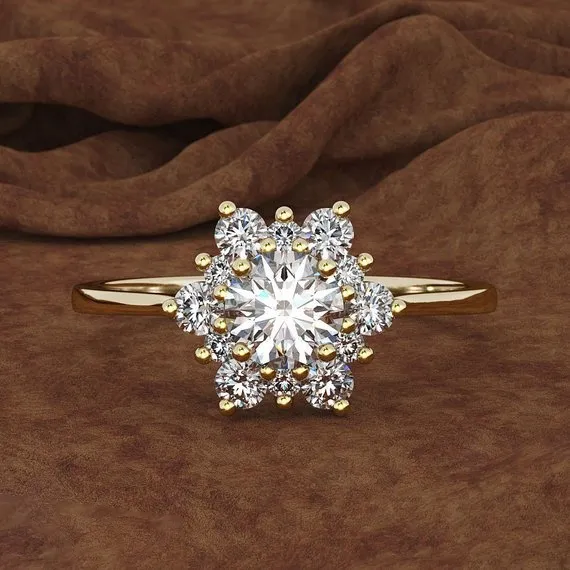The Affiche De Film. A captivating image, a promise of cinematic adventure, a silent invitation to be transported. But beyond the glossy surface and striking visuals lies a world of strategic design, rich symbolism, and deliberate messaging.
In this in-depth exploration, we delve into the captivating realm of the Affiche De Film, dissecting its various elements and unveiling the artistry that breathes life into these visual storytellers.
A Historical Tapestry: The Evolution of the Affiche De Film
The Affiche De Film boasts a surprisingly rich history, mirroring the evolution of cinema itself. From the early days of silent films, where simple illustrations and hand-painted scenes dominated, to the explosion of color and photographic imagery in the mid-20th century, the Affiche De Film has constantly adapted to capture the audience’s imagination.
Early Beginnings: The silent film era (1895-1927) saw posters primarily functioning as announcements. Bold lettering, dramatic illustrations, and iconic actors’ portraits were prominent features. Think of the haunting image of Lon Chaney in “The Phantom of the Opera” (1925), where his masked visage instantly sparks intrigue.
The Golden Age: The arrival of “talkies” in the late 1920s ushered in a new era of Affiche De Films. With sound adding a whole new dimension to storytelling, posters incorporated photographs of stars and scenes, drawing viewers in with a more realistic glimpse into the film’s world. The iconic red dress of Marlene Dietrich in “Shanghai Express” (1932) exemplifies this shift, its bold color and evocative pose conveying a sense of drama and mystery.
Post-War Boom: The post-war period witnessed a surge in creativity and experimentation in Affiche De Films. With the rise of genres like film noir and science fiction, posters embraced a more stylized and graphic approach. Think of the stark, high-contrast visuals of “Double Indemnity” (1944) or the fantastical imagery of “Forbidden Planet” (1956), each captivating the audience with a distinct visual language.
Modern Day: Today’s Affiche De Films are a kaleidoscope of influences, drawing on the rich history of the art form while incorporating contemporary trends. Digital tools have revolutionized the design process, allowing for even more intricate and visually stunning creations. From the minimalist elegance of “Drive” (2011) to the action-packed energy of “Mad Max: Fury Road” (2015), modern posters continue to push the boundaries of visual storytelling.
Decoding the Layers: A Breakdown of Key Poster Elements
A well-crafted Affiche De Film is a symphony of design elements, each playing a vital role in communicating the essence of the film. Let’s delve into some of the key components that make a Affiche De Film truly captivating:
- Central Image: The focal point of the poster, the central image is often a scene from the film or a portrait of the main character. It should be visually arresting and encapsulate the film’s mood or genre.
- Color Palette: Colors evoke emotions and set the tone for the film. A vibrant palette might suggest an energetic comedy, while a muted one could hint at a suspenseful thriller.
- Typography: The style and size of the text play a crucial role in grabbing attention and conveying information. Bold fonts for titles create a sense of urgency, while elegant scripts might hint at a period piece.
- Composition: The arrangement of elements on the poster creates a visual hierarchy, guiding the viewer’s eye and emphasizing key aspects of the film. Balance, symmetry, and negative space are all tools used to create a visually compelling composition.
- Taglines and Slogans: A well-crafted tagline can be the finishing touch, leaving a memorable line that piques the audience’s interest and encapsulates the film’s essence in a few words.
Beyond Aesthetics: The Art of Storytelling Through Design
A Affiche De Film’s true power lies in its ability to tell a story without words. Through a combination of imagery, color, and typography, it sets the stage for the film’s narrative, hinting at themes, plot points, and character dynamics.
- Genre Cues: A well-designed poster can provide viewers with immediate clues about the film’s genre. A dark and gritty color palette with sharp angles might suggest a thriller, while a whimsical font and pastel colors could hint at a coming-of-age story.
- Emotional Resonance: Evoking an emotional response is paramount. A poster might use warm colors and soft lighting to create a sense of wonder, or employ dramatic lighting and stark contrasts to build suspense.
- Character Portrayal: The way characters are depicted on a poster can reveal a lot about their personalities and roles in the film. A lone figure shrouded in shadow could represent a mysterious protagonist, while a group of characters locked in a tense embrace might hint at a complex relationship dynamic.
A Cultural Phenomenon: The Enduring Legacy of the Affiche De Film
Affiche De Films have transcended their function as mere marketing tools. They have become cultural artifacts, reflecting the artistic trends, societal anxieties, and pop culture influences of their time.
- Collector’s Items: Original Affiche De Films, particularly those from classic or critically acclaimed films, have become coveted collector’s items. They represent not just a piece of movie memorabilia, but a window into a bygone era of cinema.
- Artistic Inspiration: Affiche De Films have served as a source of inspiration for artists across various disciplines. Their bold compositions, graphic elements, and evocative imagery have influenced everything from graphic design to fashion.
- Social Commentary: At times, Affiche De Films have been used as a platform for social commentary. By employing symbolism and powerful imagery, they can raise awareness about important issues and spark conversation.
Conclusion: A Celebration of Cinematic Art
The Affiche De Film is a testament to the power of visual communication. It’s a captivating blend of art and advertising, a silent invitation to a world of stories waiting to be discovered. From their humble beginnings to their enduring cultural legacy, Affiche De Films continue to be a vital part of the cinematic experience, forever capturing the imagination of audiences worldwide.








